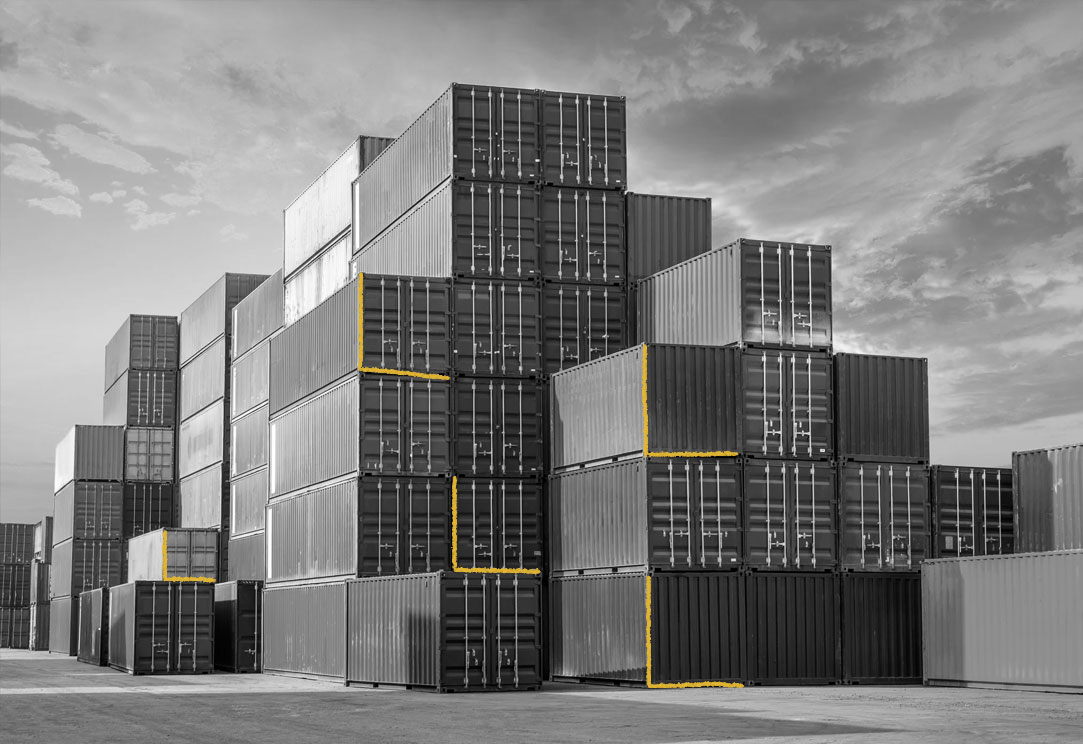Malcolm McLean was a high school-educated truck driver from North Carolina who invented the shipping container and the entire industry of container shipping along with it. In 1937, he came up with the idea of creating a series of standardized, intermodal steel containers that could easily be stacked on ships, trains, and trucks and could be efficiently transferred between the different transport modes. Two decades later, he oversaw the first container ship voyage, which traveled from Newark to Houston. In the 1960s, shipping via containers rapidly expanded to include international routes. This was due in large part to the Vietnam War, which created an urgent demand to ship large amounts of goods quickly and efficiently. At the end of the decade, McLean sold his shipping company, SeaLand, for a large profit, but his legacy had already been forged — the invention of the shipping container helped create the modern economy as we know it and a staggering 80% – 90% of today’s global trade is now conducted by sea. Modern container ships can now carry approximately 24,000 20-foot containers (McLean’s first container ship voyage ferried 58 containers). SeaLand was eventually folded into the Danish shipping conglomerate A.P. Moller-Maersk, which for many years was the largest shipping conglomerate in operation. Recently, the Switzerland-based company MSC edged them out by a small margin to become the largest-capacity shipping company on the planet. It’s clear that shipping containers continue to impact the global economy on a massive scale today and some units are even upcycled into tiny homes or put to other creative uses.

Your go-to guide for weird history facts
Subscribe to the FREE daily email that makes learning about history fun.


